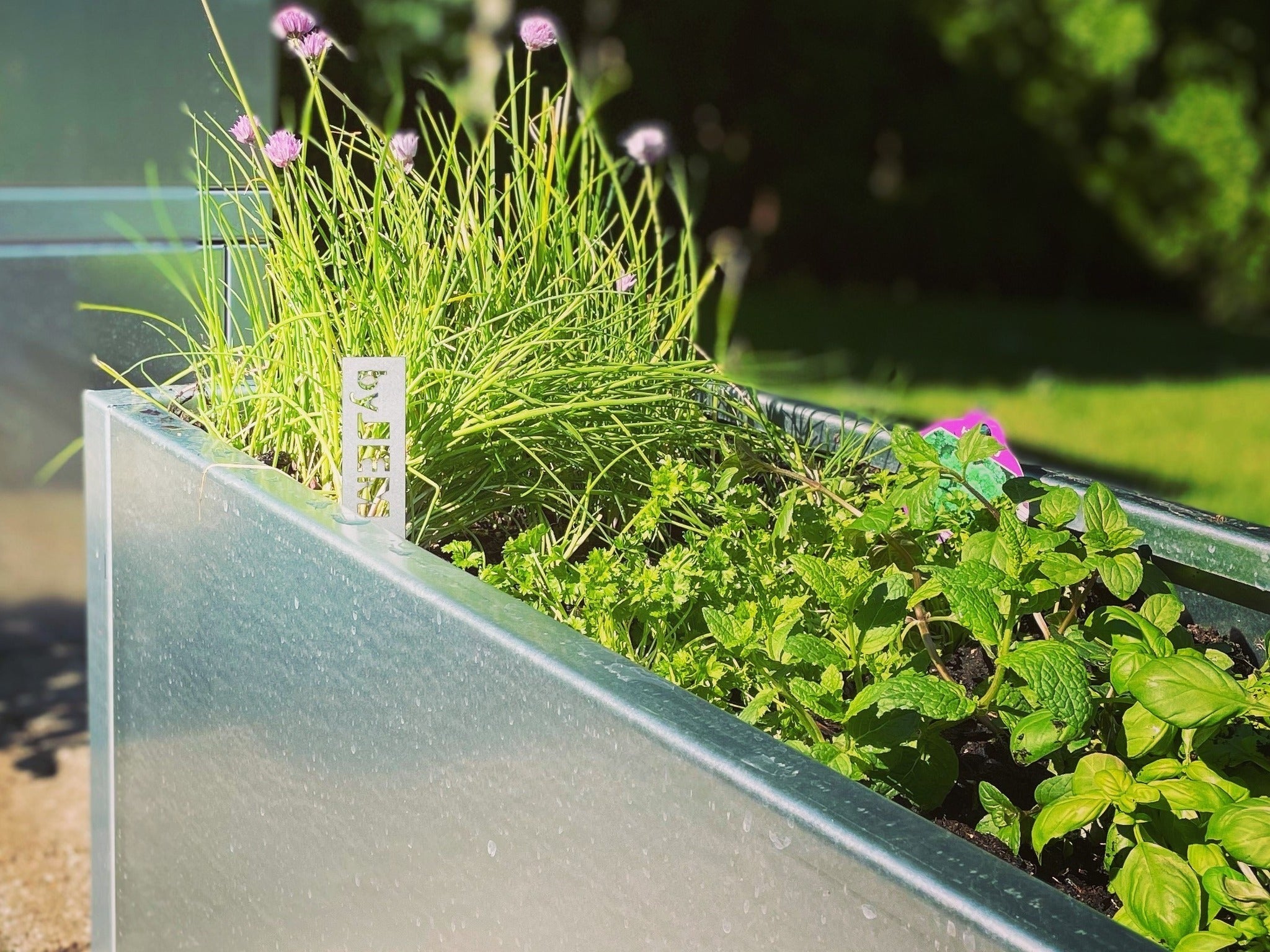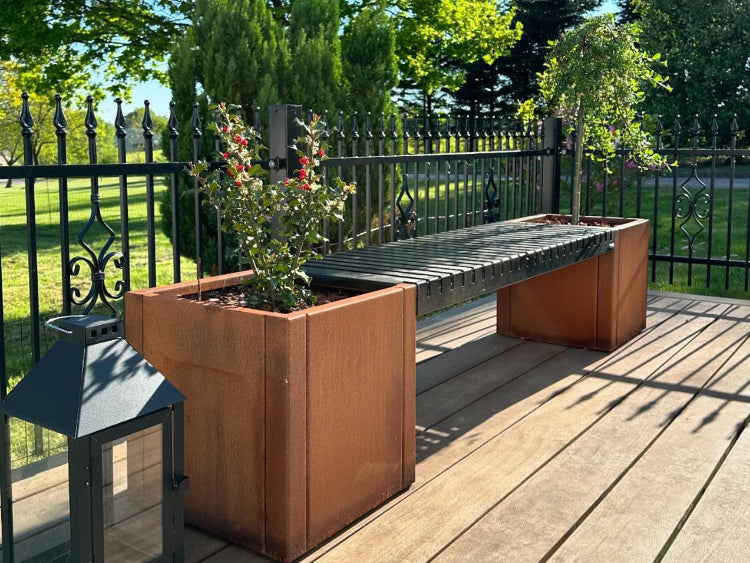New German style
Structured wildness in your garden
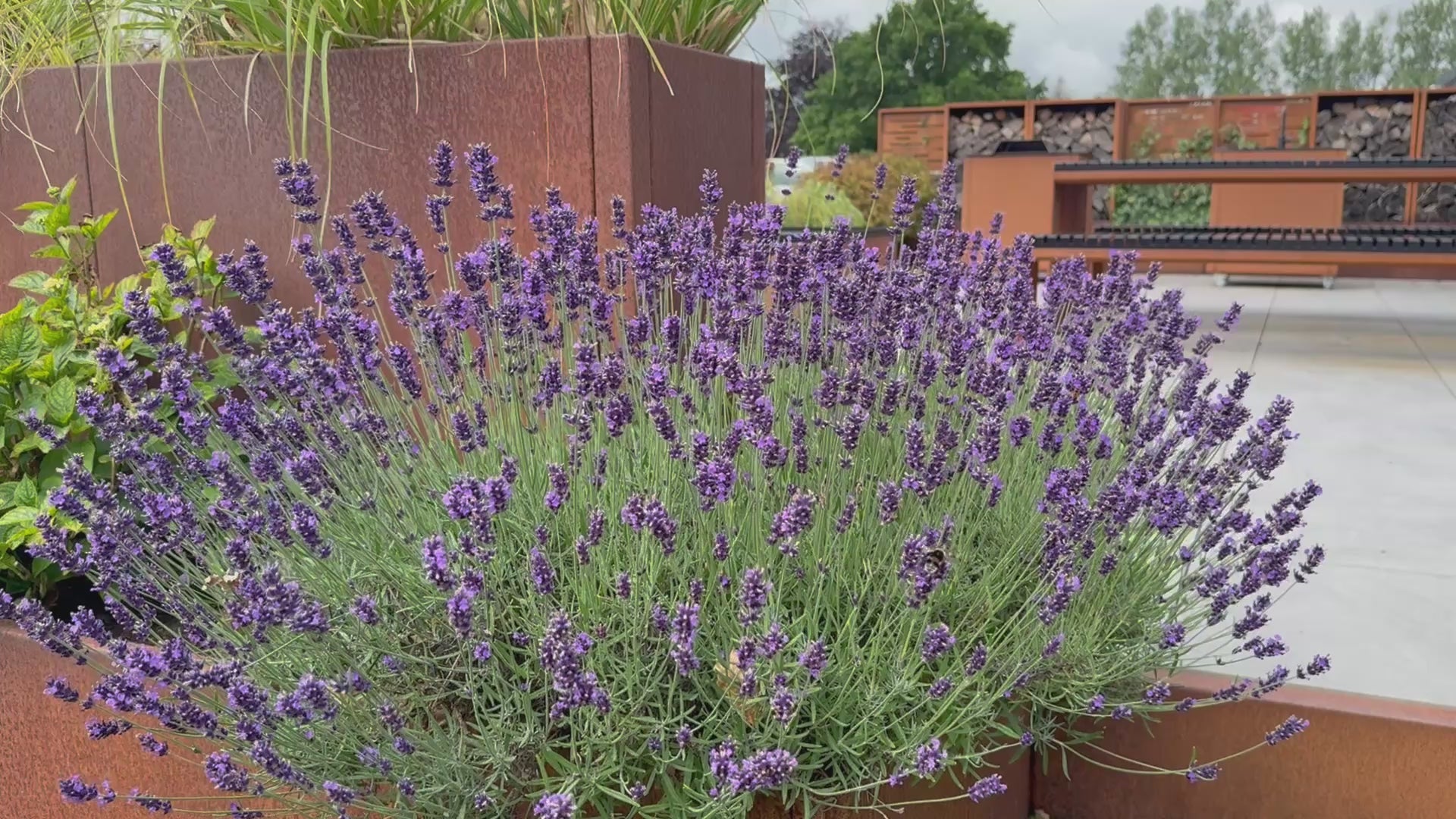
“New German Style” is a garden design trend with roots in Germany that combines the natural and spontaneous with the structured and deliberate.
It's not about wild, uncontrolled gardens - it's about creating natural plant imagery in a setting that suits both climate and human lifestyle.
Characteristics:
- Robust planting (grasses, perennials, native plants)
- Layering and lushness
- Low maintenance
- High biodiversity
- Inspiration from natural landscapes
How to create the look yourself
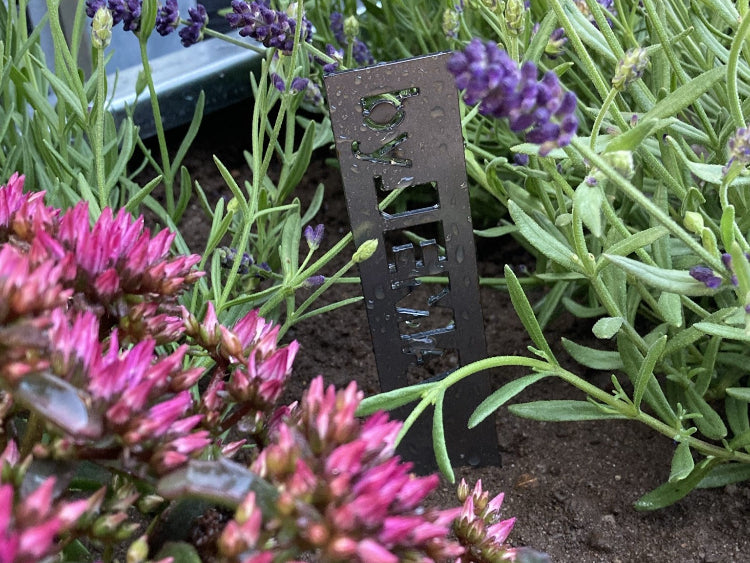
🪴 Choose planters with character
Corten steel or galvanized steel work well as a contrast to the soft plants. They provide structure and keep the garden "in place".
Find your favourite and get started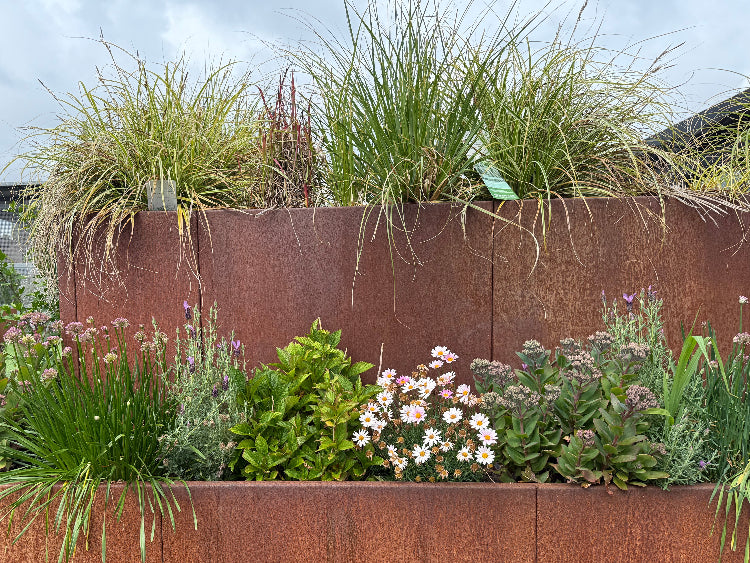
🌾 Think in layers and rhythm
Combine tall grasses in the background with lower perennials in front - and let them grow a little “wild”.
Find your favourite and get started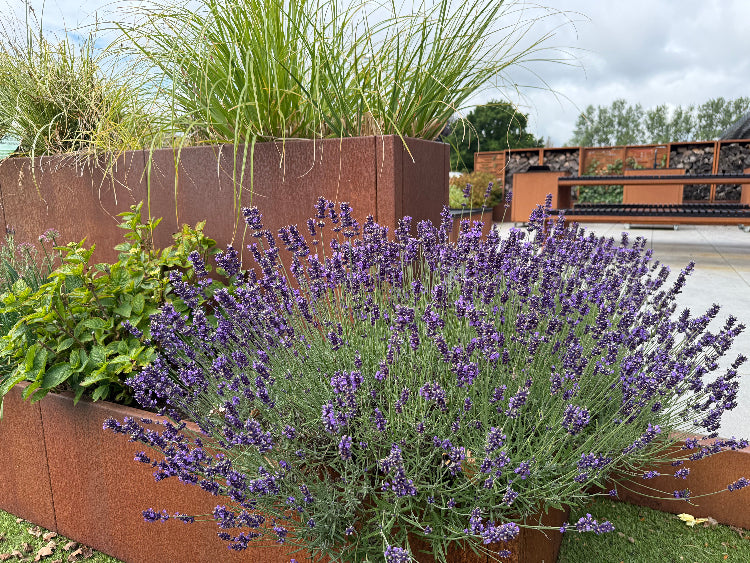
🐝 Plant with an eye for insects
Choose lavender, coneflower, sage, stonecrop, ornamental grasses and daisies. They're beautiful - and good for biodiversity.
Find your favourite and get started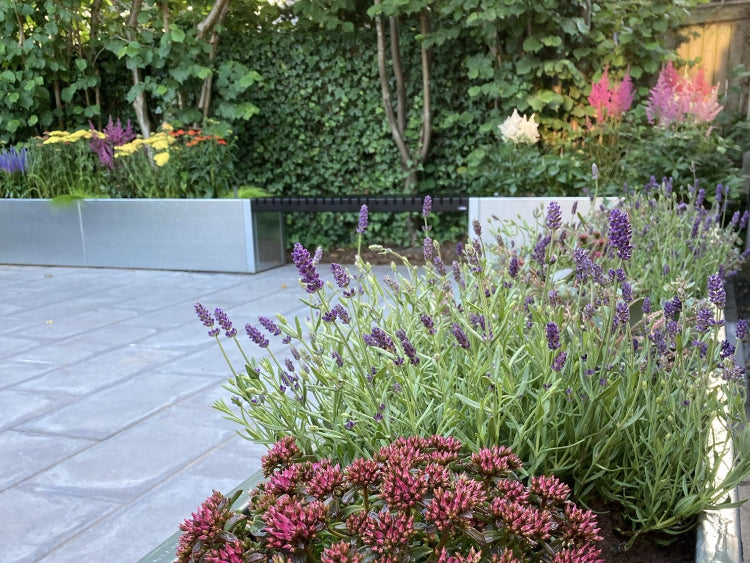
🎨 Keep colors natural
Use tones of green, purple, rust red and white as a base - and let individual plants add small pops of color.
Find your favourite and get started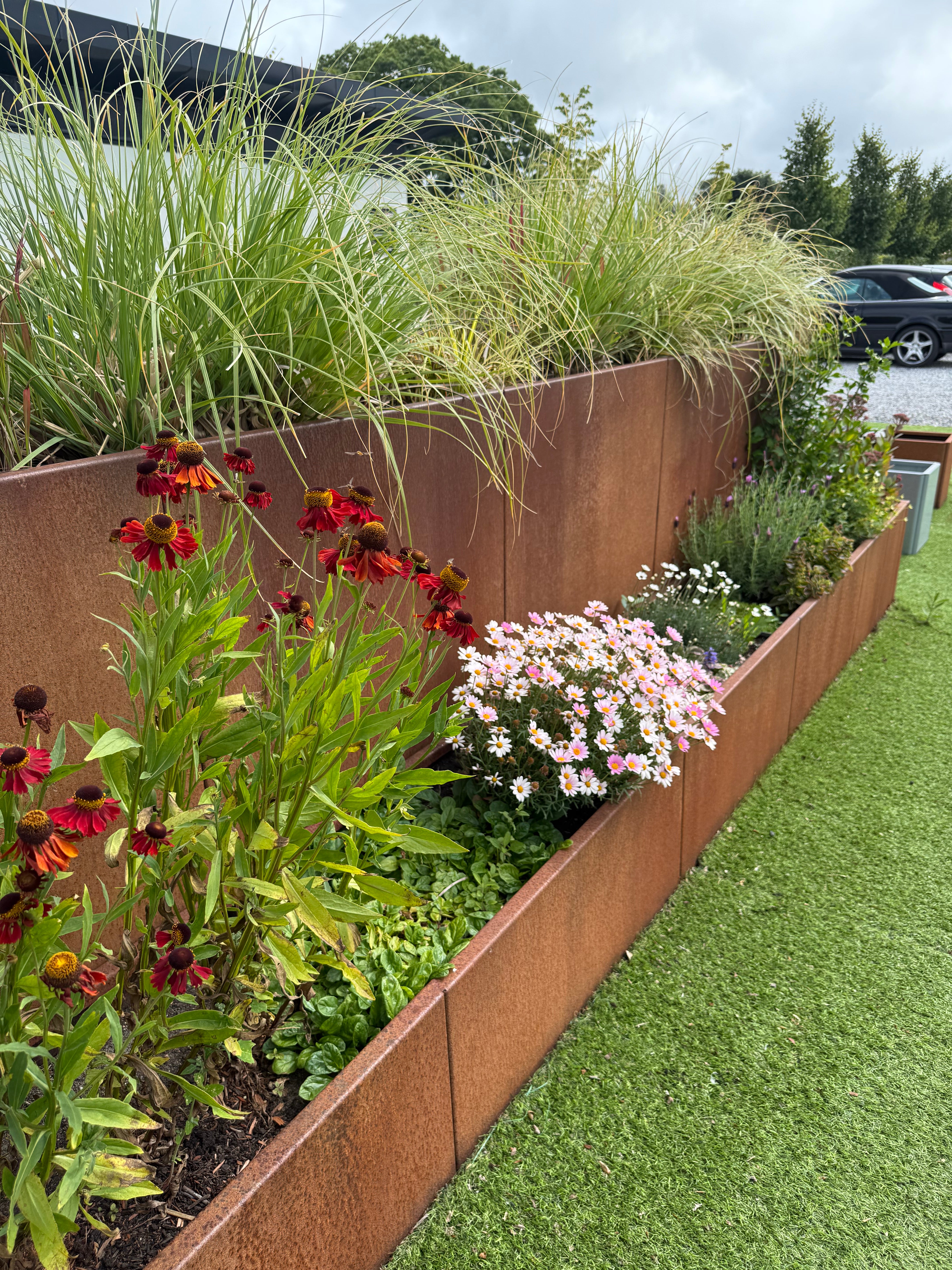
For those who want to get started
Why is it such a great fit for modern gardens?
🌿 Easy to maintain - designed with plants that thrive without constant care.
🌸 Sustainable - often using native and insect-friendly species.
🧘♀️ Aesthetic serenity - a beautiful balance between form and wildness.
🧩 Flexible - works in small urban gardens, terraces and larger landscapes.
You don't need a big garden or a green thumb to create "New German Style".
Start small - with one planter and a mix of perennials and grasses.
We're happy to guide you with plant selection and layout - and our planters are available in several sizes and materials.
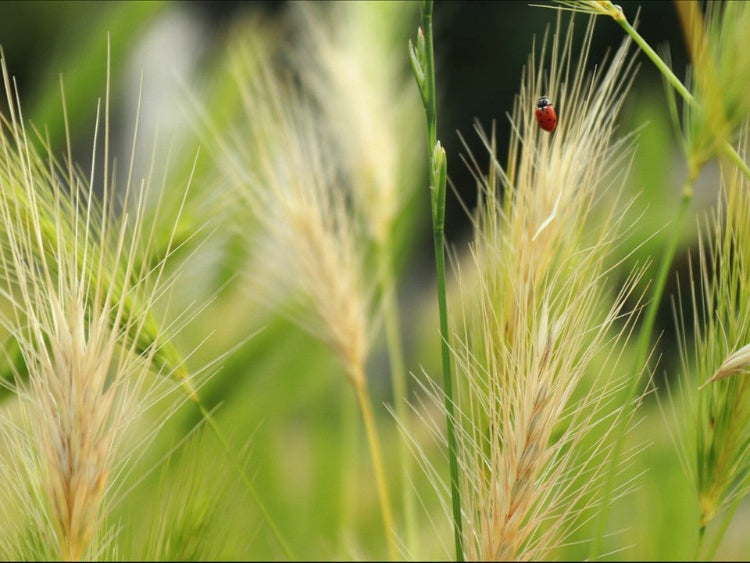
🌾 Deschampsia cespitosa (Tufted hairgrass / Horst-Schmiele)
- Description: Light, airy, and elegant – moves beautifully in the wind.
- Function: Creates height and rhythm in the bed without dominating.
- Characteristics: Robust, winter hardy, and thrives in both sun and partial shade.
- Good with: Echinacea, lavender, cranesbill, and sage.
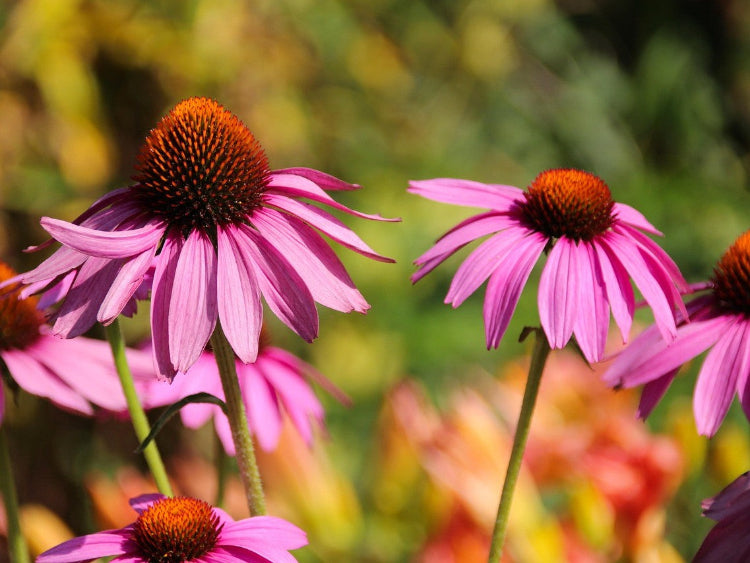
🌸 Echinacea purpurea (Purple coneflower)
- Description: Distinctive flowers with a strong center and downward-curving petals.
- Function: Attracts attention and bees and butterflies.
- Characteristics: Drought-tolerant, long flowering period, adds structure in late summer.
- Good with: Prairie perennials and ornamental grasses.
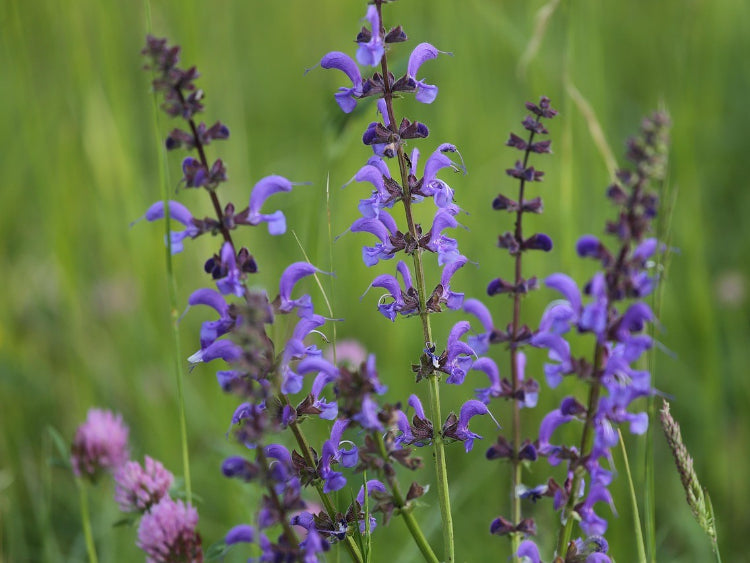
💜 Salvia nemorosa (Meadow Sage)
- Description: Vertical spikes with purple flowers – provides vertical contrast.
- Function: Frames and breaks up surfaces visually.
- Characteristics: Drought-tolerant, long flowering period, and insect-friendly.
- Good with: Lavender, catnip, cranesbill, and grasses.
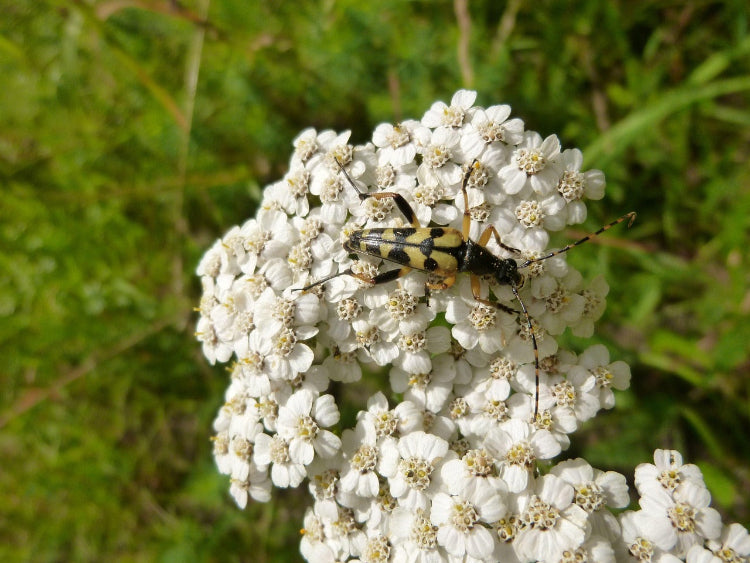
🌼 Achillea millefolium (Yarrow)
- Appearance: Flat flower heads in white, yellow, red, or pink.
- Function: Creates “horizontal surfaces” in the planting – like natural micro-roofs.
- Characteristics: Very hardy, good for dry areas and attracts beneficial insects.
- Good with: Rock cress, sage, coneflower, and grasses.
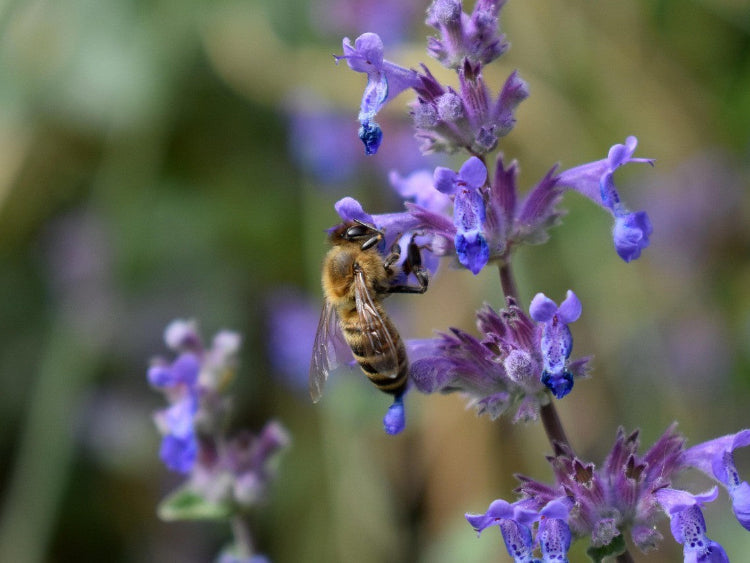
🐝 Nepeta faassenii (Catmint)
- Description: Dense, low-growing perennial with small blue-violet flowers and gray-green foliage.
- Function: Perfect as a border plant or to soften the look around steel and stone. Creates a low, undulating look at the front of the planting.
- Characteristics: Extremely robust, drought-tolerant, long-flowering and loved by bees and butterflies.
- Good with: Sage, lavender, grasses and coneflowers.

